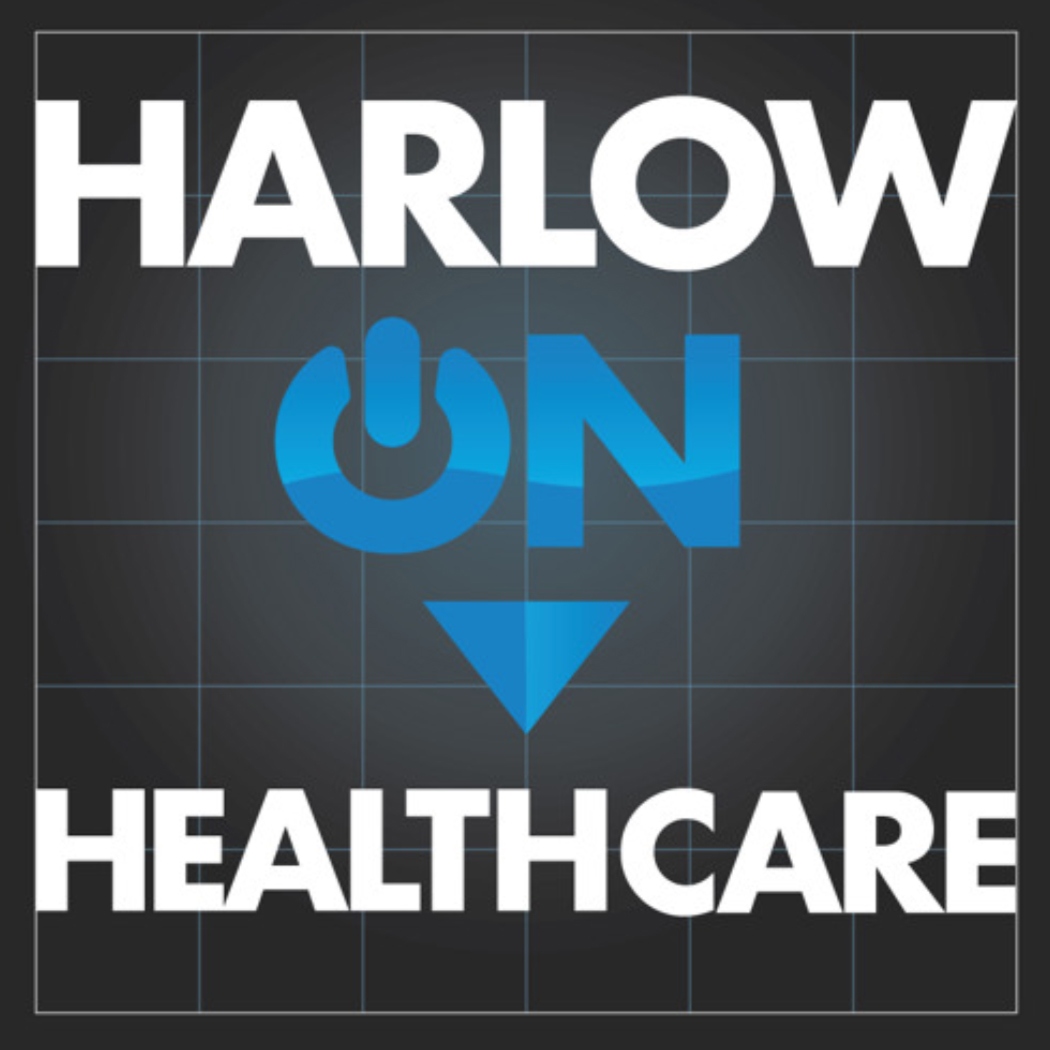The US system of high-quality but expensive and poorly distributed medical care is in trouble. Dramatic advances in medical knowledge and new techniques, combined with soaring demands created by growing public awareness, by hospital and medical insurance and by Medicare and Medicaid, are swamping the system by which medical care is delivered. As the disparity between the capabilities of medical care and its availability increases, and as costs rise beyond the ability of most Americans to pay them, pressures build up for action.
The question before us: What action, exactly, is needed?
Last week I engaged in an online discussion about Overkill, Atul Gawande’s latest piece in The New Yorker, in which he takes a look at the current workings of our health care system: Diagnostic testing finding pre-clinical pathologies, anxiety and other motivations driving people to seek treatment for these pathologies even though they are asymptomatic and either never will progress to full-blown disease or can simply be monitored and treated if and when they need to be, the incredible waste (and in some cases fraud and abuse) tied to treating disease that isn’t really there, using treatment that is known not to work, and simply ordering too much treatment, often in the complete absence of understanding the cost implications for the patient, the provider, the payor and the system as a whole. Bottom line: “An avalanche of unnecessary medical care.”
The responses to the piece in this discussion were varied. A Kaiser Permanente physician agreed that the situation was, indeed, dire — except at Kaiser. In fact, the quoted passage at the opening of this post is the opening of a piece written by Dr. Sidney Garfield, co-founder of Kaiser Permanente, in 1970, which he proffered for our edification.
A health economist shared Sharon Brownlee’s Overtreated, together with some of her own writing on the subject.
My thoughts about this piece — which also included a return visit to McAllen, Texas, which the author visited six years ago because it held the dubious distinction of being the town with the most out-of-control health care cost in the country, and whose medical community has now managed to bring its spending patterns in line with those of the rest of the country — center on thoughts about the patient education that is so desperately required. What follows is a lightly edited version of my comment:
I am happy to discuss this piece. The folks you’ve tagged here have been beating the same drum as Gawande for years, one way or another: We can do better at preventing waste, fraud and abuse, and improve outcomes at the same time. (I am sure we have all been on the spot with friends and family members who ultimately make the anxiety-provoked decision, as described in one of the anecdotes in Gawande’s piece, instead of the evidence-based decision.)
There are at least 17 flavors of “secret sauce” that folks think can be used to actually make this happen. The key element that seems to be undervalued by most of the approaches out there — from 80’s-style managed care, to the Walmarts of the world contracting with focused factories, to the federales’ newfound “religion” in turning away from FFS medicine (even though their value-based payment systems require Rube Goldbergesqe interim payments and after-the-fact reconciliations) — is more pervasive public education that takes efforts like “Choosing Wisely” to the next level. (For all its faults — within the campaign and otherwise — the American Board of Internal Medicine is doing a pretty good job in framing that issue.)
If getting the word out to consumers is limited to dropping high-deductible plans in their laps and letting them know they need to be better consumers, that’s not going to cut it. Kaiser has a good thing going, but reaches at best somewhere under 3% of the population. It’s been modeling good approaches for years (not without its warts) but the rest of the system remains ever more dysfunctional. Public awareness driving market changes, combined with government regulation, have made significant inroads in other arenas involving price, quality and safety. (Unsafe at Any Speed, anyone?) Having individuals put “more skin in the game” helps get folks to be more engaged consumers, but we need a better approach to improving public awareness of The Truth About Health Care.
Unfortunately, the default setting for almost everyone is usually a combination of (a) if it’s more expensive, it’s higher-quality care, (b) (especially in my neck of the woods) yes, I will go to an academic medial center for a hangnail because I deserve the best, and (c) if my doctor recommended it (even if she is still part of a FFS system practicing defensive medicine with no access to the scans and labs I had done down the street last week) I guess I should do it.
If the federales spent 1% of their annual (almost $1T) healthcare spend on effective public education in this realm about the cost, and value, of the healthcare we get vs. the healthcare we ought to want, the return — across health status, healthcare costs, and consumer and provider satisfaction — would be enormous, and well worth the price tag. (After all, it is a commonplace that 1/3 of our $3T annual health care spend is lost to waste, fraud and abuse.)
We all need to think about how best to communicate about these issues so that all individuals can become empowered stewards of their own health, in partnership with their health care providers.
One side of the coin is becoming better informed about the choices of approaches to care that are out there. The other is becoming better informed about one’s own medical history. Only then can one make an informed choice about the best course of action to take in any particular set of circumstances.
(Thanks to Bob Coffield for getting the conversation started and for others, including Ted Eytan and Jane Sarasohn-Kahn, for joining in.)
David Harlow
The Harlow Group LLC
Health Care Law and Consulting



[…] Harlow, HealthBlawg, offers his reaction to Atul Gawande’s high-profile post about unnecessary medical […]